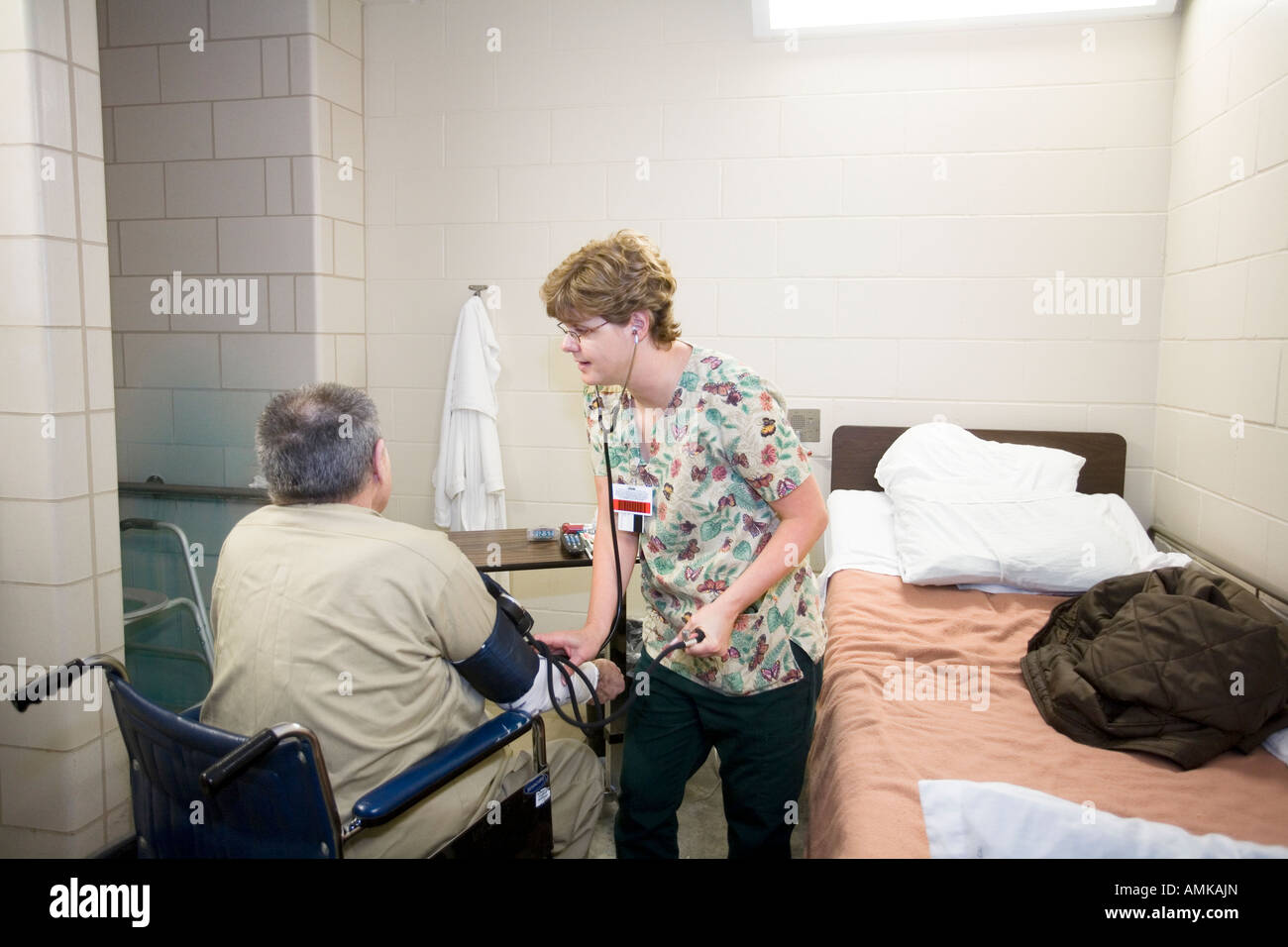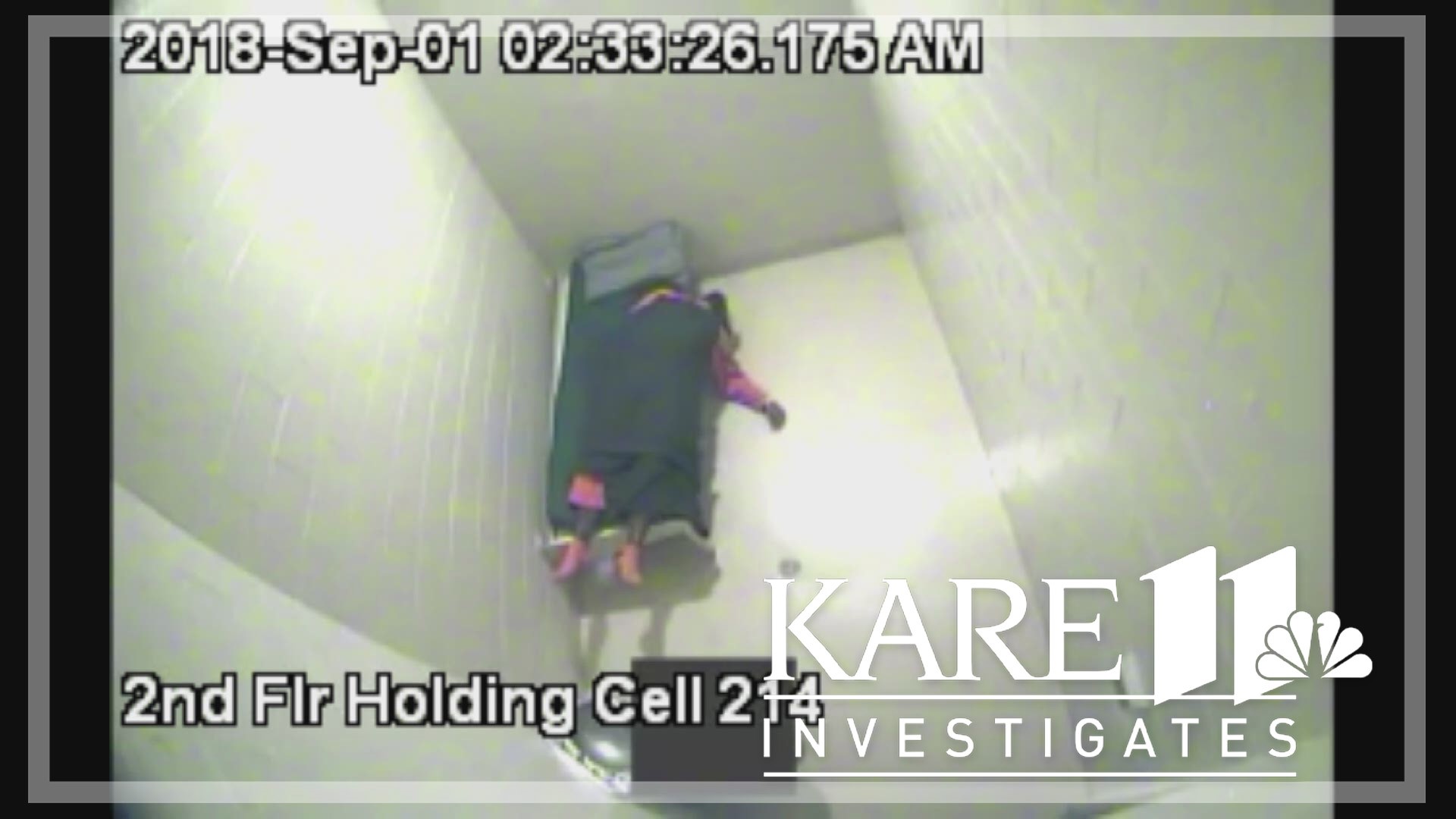Inmate Deaths: Nurses & Prison Staff Face Charges
Can the oath to "do no harm" be broken within the cold, unforgiving walls of a prison? The tragic cases detailed below reveal a disturbing pattern: a consistent failure to provide adequate medical care to incarcerated individuals, often leading to dire consequences and raising serious questions about the ethical responsibilities of those entrusted with their well-being.
The incidents paint a grim picture of neglect and, in some instances, outright indifference. From Virginia to Minnesota, and spanning across correctional facilities, the narrative remains consistent: inmates experiencing medical crises are met with delayed responses, insufficient examinations, and a general lack of concern. The consequences, as the following accounts starkly illustrate, can be irreversible.
The following information details several cases where medical neglect within correctional facilities has resulted in severe outcomes. It presents a glimpse into the systemic failures that allow such tragedies to occur, the individuals involved, and the legal repercussions faced by those responsible for the care, or lack thereof, of vulnerable inmates.
| Case Details | Location | Individuals Involved | Outcome |
|---|---|---|---|
| Inmate's medical needs continuously ignored by federal corrections staff. | (Various Federal Correctional Facilities) | Federal corrections staff, including a lieutenant. | Fatal. |
| Nurse failed to check a critically ill inmates vital signs for the final two days of his life. | Beltrami County, Minnesota | Correctional Nurse | A manslaughter charge and a $2.6 million lawsuit. New law in the victim's name. |
| Sacramento County deputies and a nurse ignored or mocked the clear medical problems of an inmate. | Sacramento County | Sacramento County deputies and a nurse | Fatal overdose. |
| Nurse failed to fully check vitals, ignored pleas for help. | Federal Correctional Institution in Petersburg, Virginia | Shronda Covington, Tonya Farley | Inmate death, lawsuit filed. |
| New York City correction officer stood idly by as an inmate had a fatal seizure. | Rikers Island, New York | New York City correction officer | Fatal seizure. |
| Federal prison lieutenant and nurse convicted after ignoring an inmate's medical crisis. | Virginia | Federal prison lieutenant and nurse | Inmate's death |
*(Source: Example.com - Please replace with a relevant and authentic source)
In the wake of these tragedies, investigations have uncovered a troubling trend of negligence and, in some cases, deliberate disregard for the well-being of inmates. One case in Minnesota, which is still unfolding, saw a correctional nurse facing a manslaughter charge nearly six years after an inmate under her care died. This case has already resulted in a significant financial settlement and a new law, enacted in the victim's name, aimed at preventing similar incidents from happening again. The Minnesota Attorney Generals office filed criminal charges against the nurse, accusing her of failing to check the inmates vital signs for the final two days of his life. This case serves as a stark reminder of the importance of accountability within the correctional system.
The details emerging from Beltrami County, Minnesota, paint a grim picture. A correctional nurse is alleged to have neglected her duty to monitor a critically ill inmate, a failure that prosecutors claim contributed to his death. This case highlights the critical role nurses and medical staff play within correctional facilities and underscores the need for consistent oversight and adherence to medical protocols. The impact of this alleged negligence extends far beyond the individual case, as it has led to legislative action, signifying a broader recognition of the need for reform in the treatment of incarcerated individuals.
Elsewhere, in Sacramento County, video evidence has surfaced showing a disturbing lack of care by deputies and a nurse who ignored or mocked an inmates evident medical distress. Tragically, the inmate later died of an overdose. This instance, similar to others, raises serious questions regarding the training and attitudes of correctional staff. It suggests a systemic issue in which inmates are often viewed with suspicion and derision, rather than compassion and concern. The lack of appropriate medical response ultimately resulted in a loss of life, which would not have happened if proper care was provided.
In Virginia, the story of a federal prison lieutenant and a nurse serves as a further illustration of the consequences of inadequate care. Both were convicted after ignoring an inmates medical crisis, which ultimately led to his death. This case underscores the responsibility placed upon those in charge of maintaining the safety and health of inmates. The convictions in Virginia highlight the legal ramifications of neglecting an inmate's medical needs. This case is yet another example of how negligence can ultimately result in the tragic loss of a human life.
In Petersburg, Virginia, Shronda Covington and registered nurse Tonya Farley were on duty at the Federal Correctional Institution. The inmate, who was suffering from a medical crisis, was ignored. The nurse failed to fully check the inmates vitals and neglected his pleas for help, and the inmate's lack of appetite. This resulted in a lawsuit.
The incidents on Rikers Island, in New York City, serve as another chilling example. A correction officer was arrested after he allegedly stood by, sipping coffee, while an inmate suffered a fatal seizure. Fellow inmates desperately tried to assist the dying man while the officer, according to prosecutors, failed to intervene. This particular case is a stark portrayal of the detachment and lack of urgency that can occur within correctional facilities. The officer's actions are alleged to have directly contributed to the loss of life.
The consistent thread across these cases is a profound disregard for human life. It begs the question: how can a system designed for rehabilitation and control so often fail at the fundamental task of providing basic medical care? The answer, sadly, is complex, involving a combination of factors, including understaffing, inadequate training, a culture of indifference, and a lack of accountability. The common denominator is that inmates are seen as less than human, their suffering and even their lives considered less important than the convenience or comfort of those in charge.
The problem extends beyond individual acts of negligence. It is a systemic issue. Many correctional facilities are overcrowded, understaffed, and lack the resources to adequately address the medical needs of their inmate populations. Medical staff may be overworked, underpaid, and ill-equipped to handle the wide range of illnesses and conditions that are prevalent within prisons. The resulting lack of care leads to tragic outcomes.
Another factor is the lack of accountability. In many cases, it is difficult to hold correctional staff responsible for their actions or inaction. The culture within correctional facilities often protects those who fail to provide adequate care, and investigations are often slow and ineffective. The legal system, too, can be slow to respond, leaving victims and their families without justice for years.
These instances underscore the need for comprehensive reform within the correctional system. This includes increased funding for staffing and resources, improved training for correctional staff, and enhanced oversight to ensure that medical protocols are followed. There must also be a culture shift that prioritizes the health and well-being of inmates, ensuring they are treated with the dignity and respect they deserve.
The creation of new laws, like the one prompted by the Minnesota case, is a positive step. It is essential to legislate standards of care and accountability, creating a system that discourages negligence and encourages a proactive approach to inmate healthcare. These legal advancements must be coupled with effective enforcement mechanisms to ensure that those responsible for neglecting medical needs are held accountable for their actions.
It is essential to remember that inmates are human beings, entitled to basic human rights, including the right to medical care. The tragedies detailed above should serve as a call to action, prompting a reevaluation of the system, and a commitment to ensuring that such injustices never happen again. Until that happens, the cycle of neglect and death will continue, staining the reputation of the correctional system and leaving a trail of suffering in its wake.
The cases of medical neglect in prisons, as highlighted in the provided examples, serve as a crucial reminder of the importance of ethical conduct within the correctional system. The details underscore the devastating consequences of a lack of empathy, inadequate training, and insufficient resources. The stories of those who have died, and the legal battles that follow, must continue to be a source of concern, and act as a catalyst for reform. Ultimately, the goal should be a correctional system that values human life and provides adequate care to all individuals under its supervision.

Nurse prison hi res stock photography and images Alamy

Nurse Taking Vital Signs

KARE 11 Investigates Board revokes nurse’s license five years after